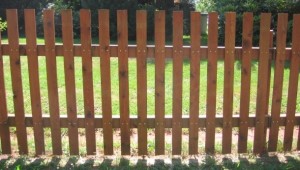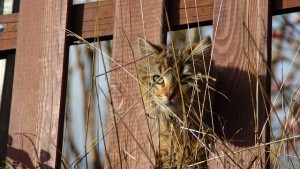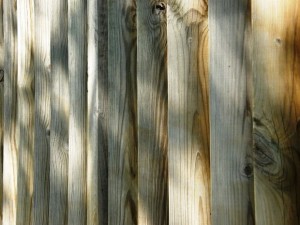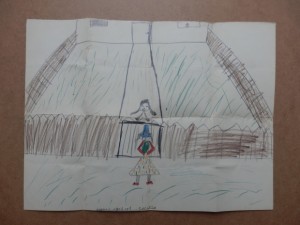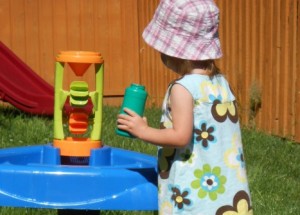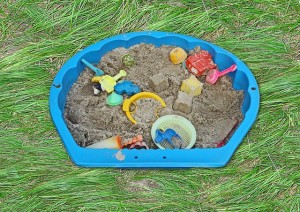Fence in Some Math with Backyard Play
Weekends have more time for family fun, inside and out. How about some math in the backyard? Math will be part of it so naturally, you don’t even notice. For example, the photos below of fences and kids have lots of great math.
Fences are made of boards that go up and down and some that go across. This is like the vertical axis and the horizontal used in graphs. There are boards and spaces. Think of the board as a positive and the no-board as a negative. Even the cat knows and uses this math as it squeezes thru the empty space.
Sometimes, boards are flat or maybe they are on a bit of an angle. Math has lots of angles. If a yard is fenced, usually the fence goes around the yard to create a space inside the fence. The fence is a boundary enclosing the space. Sound like math? Those are math words but we don’t think of them when we see a fence.
We don’t have to use these words when we talk to kids either. Instead, we might want to stand stiff and straight and say “I can be a fence. See? I am standing straight up. If I put my arms out, then I’m the part that goes sideways. Can you be a fence?” Walk around the yard close to the fence so your child can experience the concept of enclosure. The child who drew this picture of a yard, house, and fence will be able to connect to the idea of perimeter. Kids learn from their experiences as they play.
As children play in the sandbox or big container of water, they are learning about volume. Small containers will pour into big containers and there will be space left over but big containers will be too much for the smaller ones and some spills over. That’s obvious to us, but kids have to figure this out for themselves.
During playtime in the yard, there may be counting, patterns, shapes and more math. Math in the backyard will happen as kids play. Every now and then when you check on them, ask a question, make a comment, have them tell you about what they are doing, stop and play with them for a minute or two.
No parent wants a child to grow up being afraid of math and this kind of play can help solve that problem. Do you sit on the fence when it comes to math?

